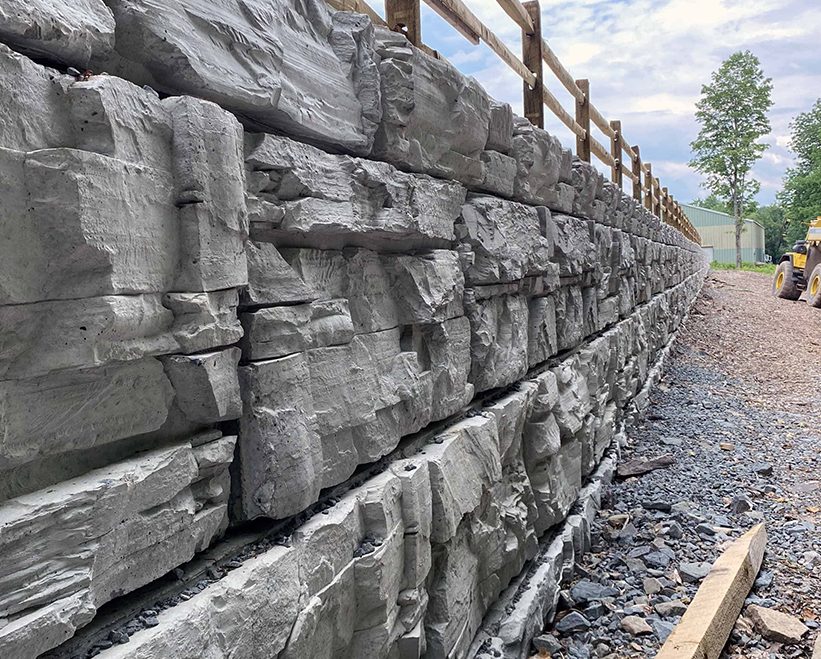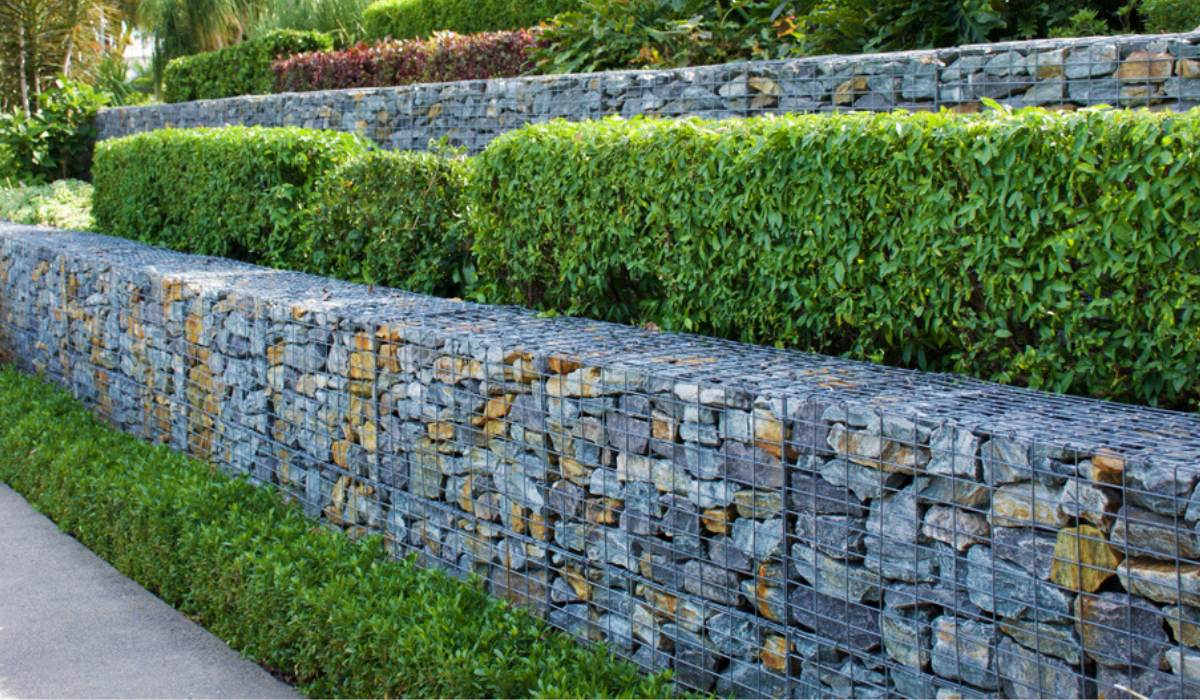
Content
Popular Types of Wood used in the Construction Industry - FLETCHERS RETAINING WALLS
Preserving walls are structures developed to hold back dirt, rock, or other products as well as prevent them from deteriorating or collapsing. They are generally utilized in landscape design as well as building and construction to produce degree areas, protect against landslides, and supply stability to sloping surface. Retaining walls can be constructed from various products, such as concrete, rock, brick, or timber, and be available in various styles and designs. In this post, we will go over the advantages of keeping wall surfaces, the various types of maintaining walls, as well as the variables to consider when developing a preserving wall. Advantages of Preserving Walls: Maintaining wall surfaces offer a number of advantages, including: Avoid dirt disintegration: Keeping wall surfaces keep back dirt and avoid it from deteriorating or falling down, which can protect the surrounding atmosphere and also prevent damage to building. Create level locations: Preserving wall surfaces can be used to create level areas on sloping surface, giving added usable space for landscaping or building.
Boost landscape layout: Retaining walls can include aesthetic passion and dimension to a landscape, producing chances for growing or attractive attributes. Decrease maintenance: Keeping wall surfaces can help in reducing upkeep by stopping dirt disintegration and also shielding the bordering landscape from damages. Provide stability: Retaining walls can provide stability to sloping terrain, preventing landslides or other dirt activities that can be dangerous or destructive. Types of Preserving Wall Surfaces: There are numerous sorts of preserving wall surfaces, each with its special attributes and also advantages. The most typical types of keeping walls are: Gravity Retaining Walls: Gravity preserving wall surfaces count on their weight as well as the weight of the material they hold back to provide stability. They are constructed from hefty products, such as concrete, stone, or brick, and are typically bigger at the base than on top to supply extra stability.
- Second, erosion can present safety concerns on steep slopes where rushing water may actually impede traffic or even destroy the land.
- A retaining wall can designate a shift of function within an outdoor feature such as a patio.
- By using a retaining wall near a border or slope, you provide leveled surfaces on inclined planes.
- Well-designed brick retaining wall can serve dual purpose – it can provide an outer shelf for plants and can also be utilized for picnic supplies or yard games.
- Such walls intensify an aesthetic appeal to the structure and its surrounding.
- Erosion is particularly concerning in areas without trees or shrubs extending their roots into the soil.
- Depending on the slope and grade of a landscape, water may pool and even flood certain areas.
- This makes retaining walls all the more important, especially if your landscape does not feature a lot of trees and shrubs to hold the soil in place.
- Regardless of materials, retaining walls achieve the result of creating terracing in a sloped area and holding soil in place.
- There are a number of benefits to having a retaining wall, ranging from reducing soil erosion to increasing your property value.
- We are a local and family-owned landscaping company offering a variety of landscape services, from new installations and complete renovations, to simple improvements.
- We have the resources, experience, and expertise to help you create and maintain your property in excellent condition.

Cantilever Retaining Walls: Cantilever keeping wall surfaces make use of a strengthened concrete slab or light beam to keep back the material they sustain. They are created to transfer the weight of the material to a strong footing, creating a counterbalance to the product's weight. Sheet Stack Retaining Wall Surfaces: Sheet stack retaining wall surfaces utilize interlocking steel, concrete, or timber sheets to hold back the material they sustain. They are typically used in locations with restricted room or where excavation is tough. Secured Maintaining Walls: Secured keeping wall surfaces utilize cables or poles anchored to the product they support to provide extra stability. They are commonly utilized in areas with high dirt pressure or where the product being supported is especially heavy.
View Our Retaining Wall Inspiration Gallery - RETAINING WALLS ADELAIDE
Aspects to Consider When Structure a Retaining Wall: When building a preserving wall, several aspects need to be taken into consideration to ensure its security and long life. The most crucial factors to take into consideration include: Dirt Problems: The soil problems, such as the type of dirt, dampness material, and also soil stress, can influence the style and also construction of a maintaining wall. The soil needs to be evaluated prior to construction to guarantee that the preserving wall is developed to hold up against the pressure as well as weight of the product being held back. Drain: Correct drainage is important to prevent water from building up behind the preserving wall, which can cause it to stop working. A water drainage system, such as a perforated pipe, ought to be mounted to allow water to flow easily far from the retaining wall.

Height: The elevation of the preserving wall is an essential aspect Go Here to consider, as taller walls need even more significant construction and extra support to stop failing. A qualified engineer ought to be gotten in touch with when constructing a retaining wall over four feet tall. Material: The product utilized to create the preserving wall surface can affect its stability, sturdiness, as well as look. The product needs to be picked based on the environment, the material being held back, and the desired aesthetic. Design: The design of the keeping wall ought to take into consideration the surrounding setting. Protect Against Dirt Disintegration: Among the key advantages of maintaining wall surfaces is their capability to avoid dirt disintegration. They hold back soil and prevent it from eroding or collapsing, which can protect the surrounding environment and prevent damages to property. Retaining wall surfaces additionally protect against water drainage from getting rid of the dirt, which can trigger significant damage to the landscape. Create Useful Room: Maintaining wall surfaces can produce additional usable room on sloping surface. They can be utilized to level out a sloping lawn, creating a flat location for exterior activities such as barbecues, outdoor eating, or horticulture. Maintaining walls can also be used to develop terraced yards or to support a patio or deck, providing added area for relaxation and home entertainment.